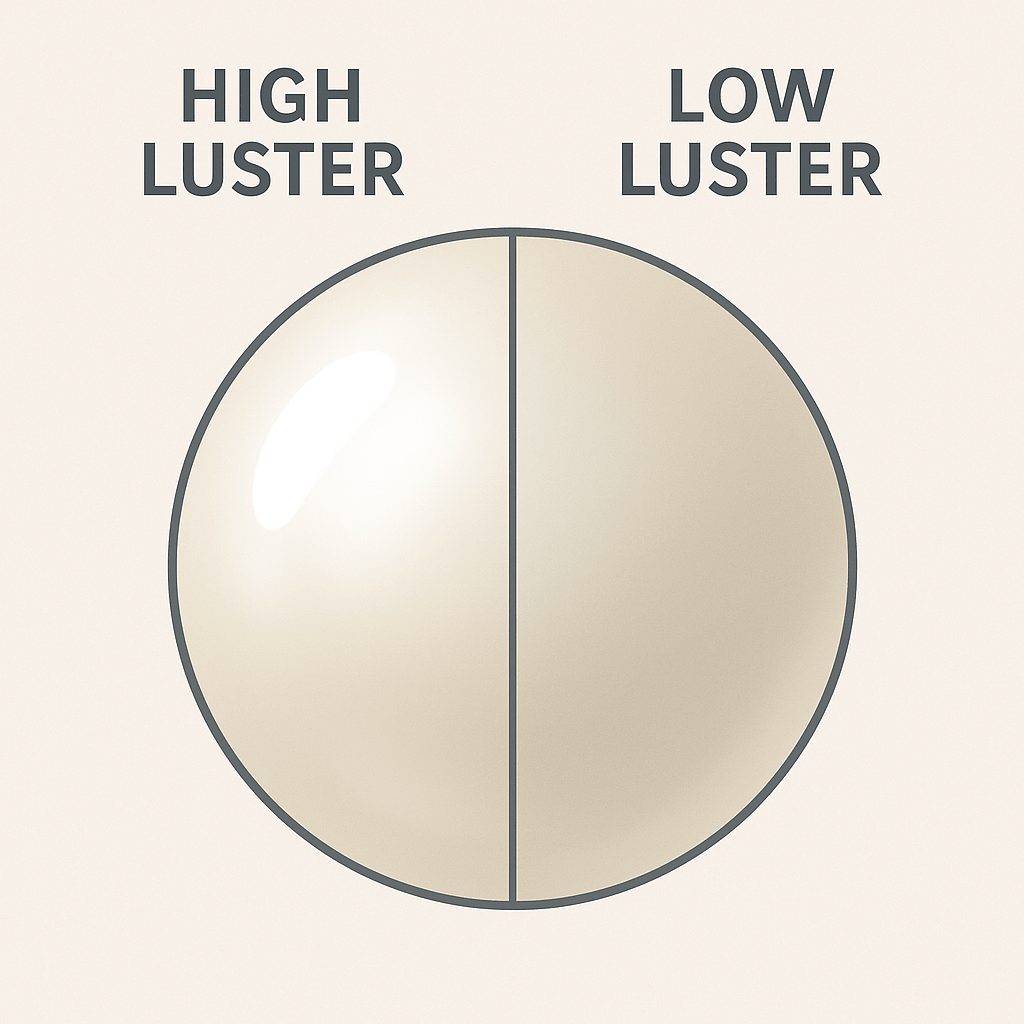
Buying fine pearl jewelry can feel overwhelming, especially when confronted with terms like ‚AAA‘ or ‚Gem Quality.‘ Consequently, understanding the Truth about Pearl Grading is the most crucial step a consumer can take to ensure they receive genuine value. Unlike diamonds, which use a universal GIA system, a complex, retailer-specific scale often grades pearls. This lack of standardization is precisely why transparent, detailed information is necessary for consumers. This guide cuts through the confusion. It reveals the four universal factors every reputable jeweler uses to determine a pearl’s true worth. Shop with confidence, knowing the full story behind your piece, at pearls only.
The Four Universal Factors in Pearl Grading
While the final letter or name experts assign to a pearl grade may vary, all reputable experts agree on the four core criteria. These factors dictate the Truth about Pearl Grading and ultimately determine the pearl’s price. First, we examine Luster—the intense, sharp light reflection on the surface. Second, we analyze Surface Quality, which notes the absence or presence of blemishes, spots, or marks. Third, Nacre Thickness is crucial, as this directly impacts the pearl’s durability and luster over time. Finally, we consider Shape; perfectly round pearls typically command the highest value, though people highly prize baroque shapes for their uniqueness.
Luster vs. Surface Quality: Knowing the Truth
People often confuse Luster and surface quality, but they are distinct measurements central to the Truth about Pearl Grading. Luster is arguably the most vital factor; a pearl can have minor surface imperfections, but high luster (a sharp, mirror-like reflection) still designates it as high quality. Conversely, a pearl with a perfectly clean surface but dull luster will receive a lower grade. Therefore, when shopping, always examine the reflection. If your own image appears crisp, the luster is high. Minor pinpricks on the surface are natural and will not significantly diminish the pearl’s overall grade, as long as the nacre is thick.
Understanding Nacre Thickness and Durability
To grasp the Truth about Pearl Grading, you require an understanding of nacre. Nacre is the substance the mollusk secretes that forms the pearl itself. Thicker nacre is essential for two reasons: superior luster and long-term durability. Thin nacre makes pearls more prone to chipping, and they may quickly lose their luster. Thus, always look for confirmation of thick nacre, especially in Akoya and Freshwater pearls. The thicker the nacre, the higher the pearl’s potential to become a true heirloom.

OCTOBER PROMOTION: Learn the Truth about Pearl Grading and Save!
Now is the perfect time to apply your new knowledge. This October, we are making investment-quality pearls more accessible than ever. You can receive 20% OFF EVERYTHING on our site, including our finest Gem Quality strands! Use the code OCT20 at checkout to apply your discount. Plus, every order qualifies you to receive 2 additional FREE Gifts Worth $200. Shop smart, understand the Truth about Pearl Grading, and secure a timeless piece while enjoying massive savings!


